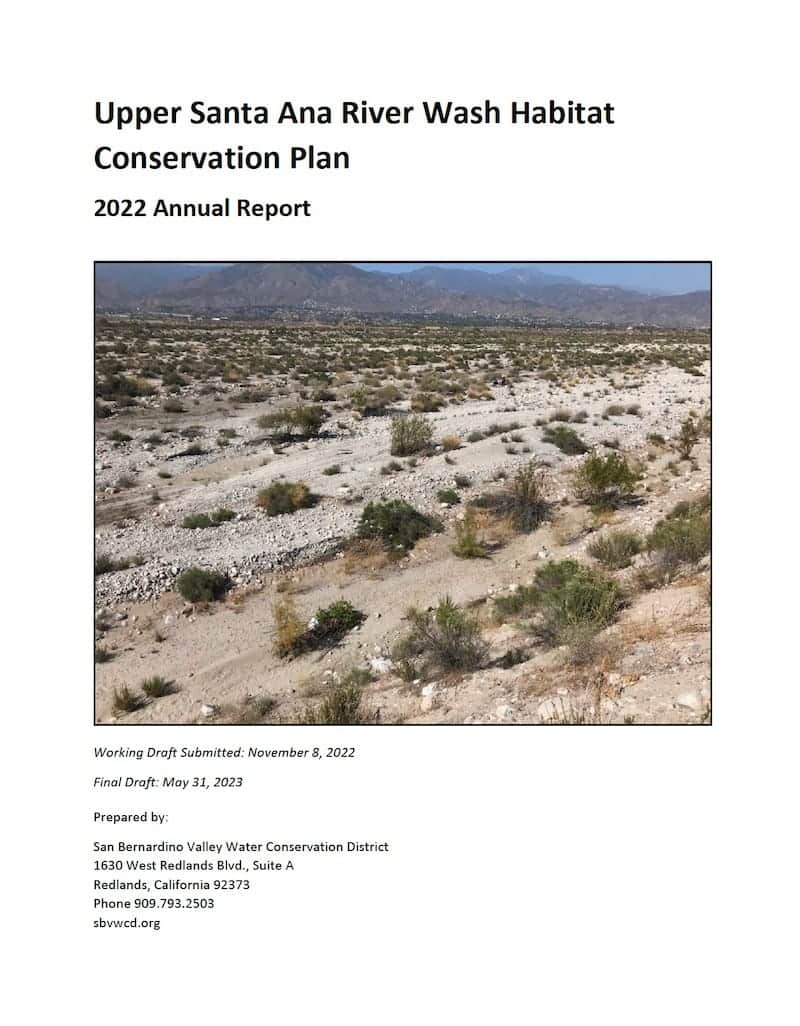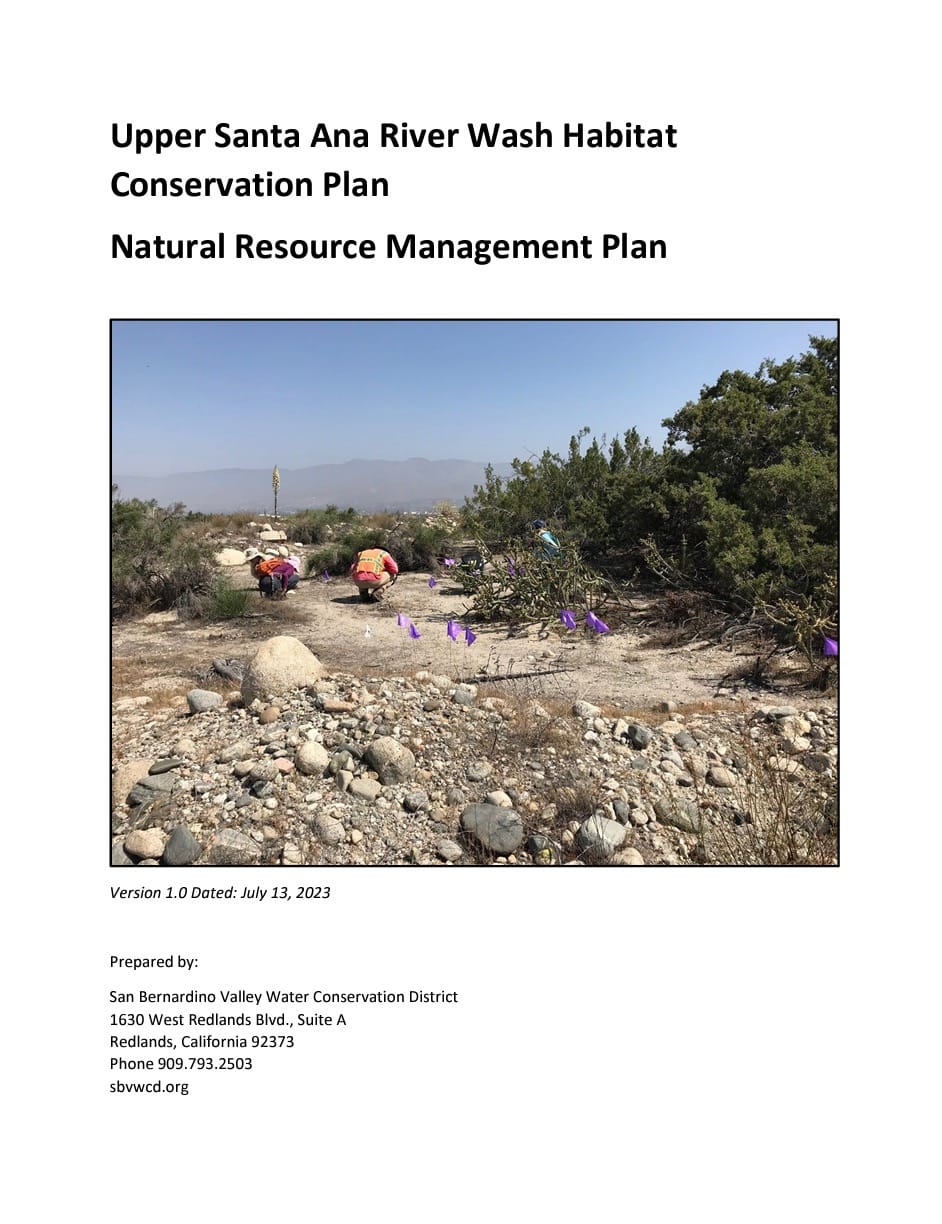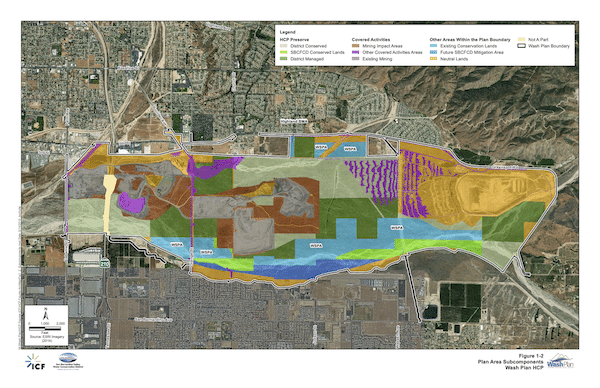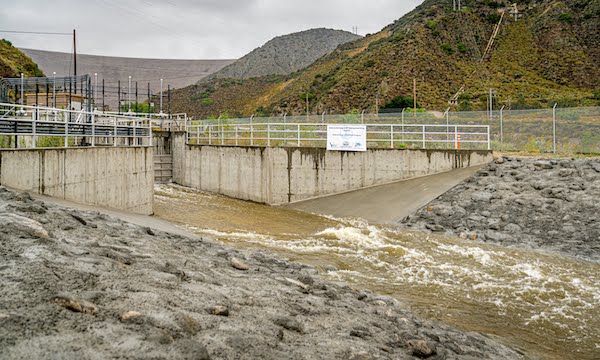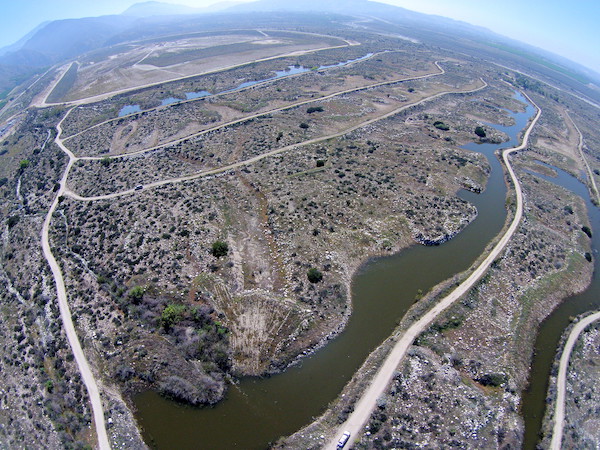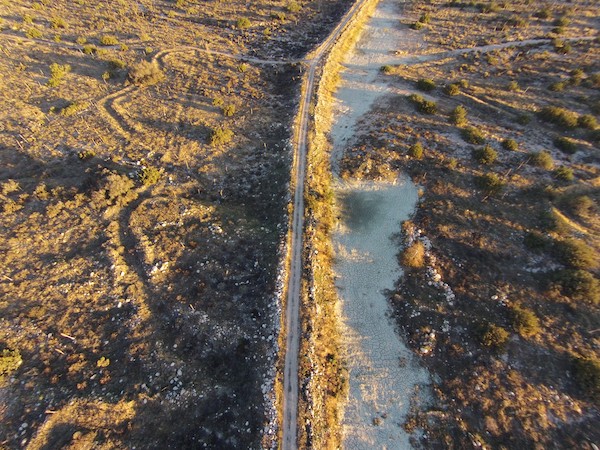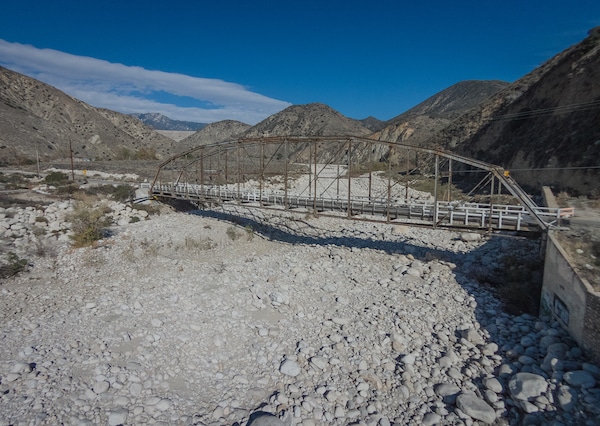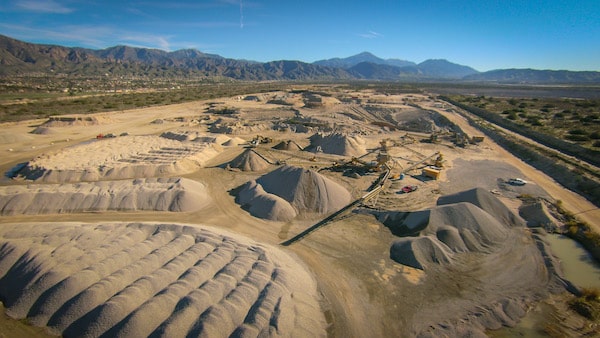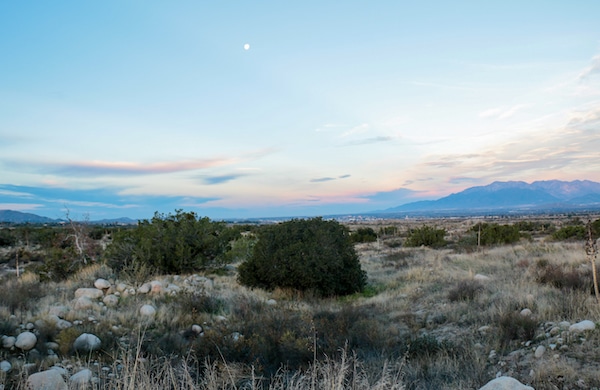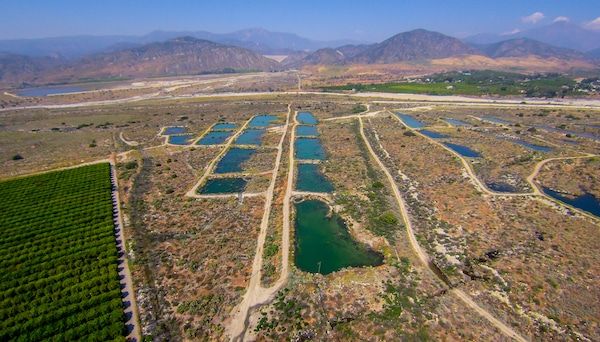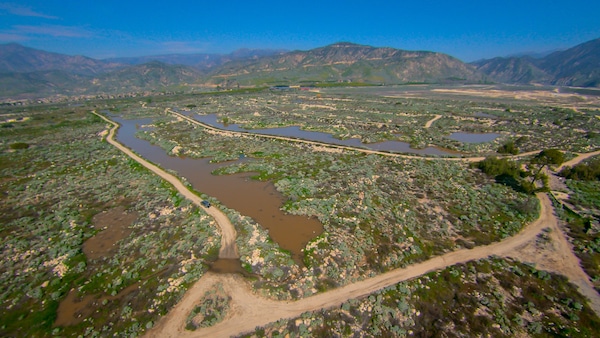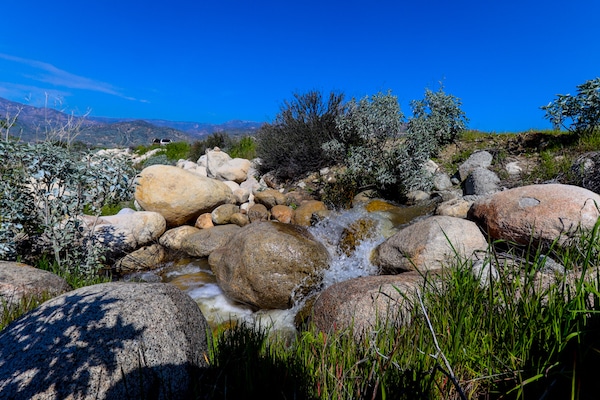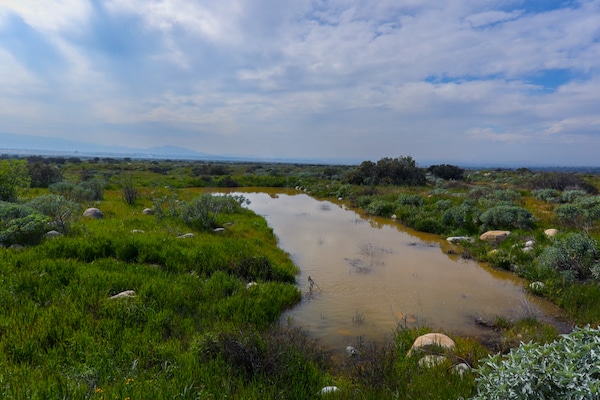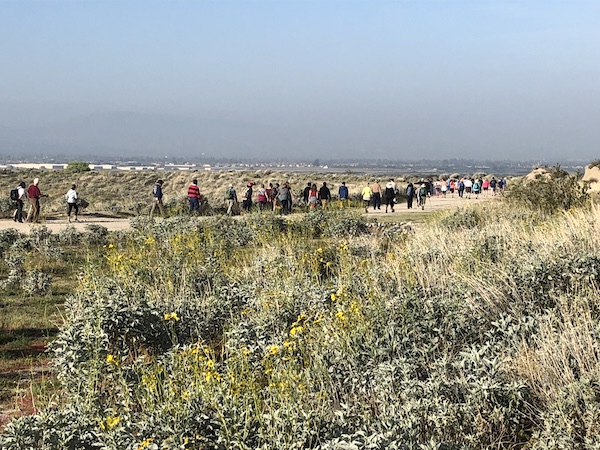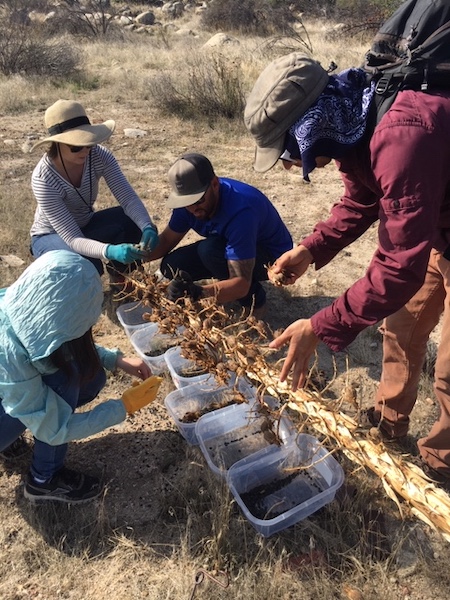The Upper Santa Ana River Wash Habitat Conservation Plan
The Wash Plan: An Integrated, Collaborative Model for the Upper Santa Ana River
The Upper Santa Ana River Wash Habitat Conservation Plan (Wash Plan) is the culmination of two decades of coordination among Task Force partners to develop an integrated approach to permit and mitigate construction and maintenance activities within the Wash area, including water conservation, wells and water infrastructure, aggregate mining, transportation, flood control, agriculture, trails, and habitat enhancement.
2024 Annual Report - Upper Santa Ana River Wash Habitat Conservation Plan
The primary goal of the Upper Santa Ana River Wash Habitat Conservation Plan (Wash Plan or HCP) is to balance ground-disturbing activities of water conservation, aggregate mining, recreational activities, and other public services in the Plan Area (Plan Area) with the conservation of natural communities and populations of special-status plant and animal species.
The Annual Report highlights the accomplishments of the Conservation District and Participating Entities in executing the agreed upon terms and conditions of the Wash Plan.
Upper Santa Ana River Wash Habitat Conservation Plan 2022 Annual Report
Natural Resource Management Plan for the Wash Plan Preserve
We are excited to share the completion of the upper Santa Ana River Wash Habitat Conservation Plan (Wash Plan). This effort is the culmination of two decades of coordination among Task Force partners to develop an integrated approach to permit and mitigate construction and maintenance activities within the Wash area. This includes water conservation wells and water infrastructure aggregate mining transportation flood control agriculture trails and habitat enhancement.
The Annual Report highlights the accomplishments of the Conservation District and Participating Entities in executing the agreed upon terms and conditions of the Wash Plan.
The Wash Plan provides several distinctive benefits that include:
Establishing a new Wash Plan Preserve with 1,660 acres of native natural habitat to protect rare, threatened and endangered species. Monitoring, stewardship, and restoration of the Preserve will be funded in perpetuity.
Designating disturbed land areas in the Wash for mining operations that support more than $36 million in construction-related payroll annually to the region.
Allowing for enhanced capture and storage of water in rivers and streams to replenish local groundwater supplies.
Creating a system of public trails within the Wash to promote environmental education and appreciation of the value of this natural resource.
It will allow the SBVWCD and its partners to successfully implement 63 identified projects in a collaborative fashion that:
Comply with requirements of Federal Endangered Species Act section 10(a)1(B)
Support local jurisdictions and businesses through provision of permits for impacts to species listed by the Federal Endangered Species Act
Protect the environmental provision of long-term land conservation, species monitoring, and dedicated funding for management
Provide a basis for obtaining other State and Federal permits
Wash Plan Covered Species
The Wash Plan requires conservation and management of five Covered Species, including the slender-horned spineflower, Santa Ana river woollystar, cactus wren, California gnatcatcher, and San Bernardino kangaroo rat.
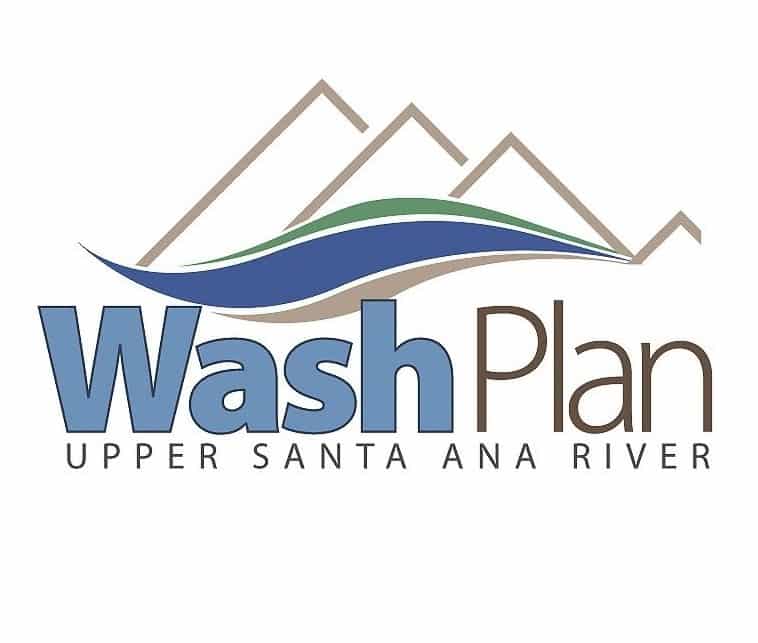
Species Name
Full Scientific Name
------
Federal Status
------
State Status
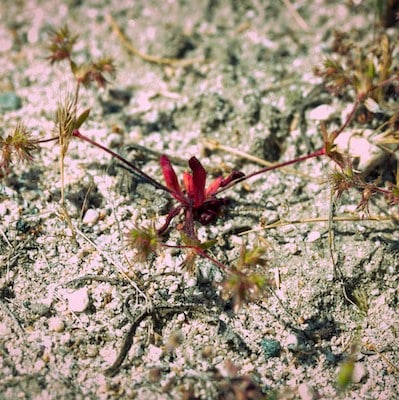
Slender-horned spineflower
Dodecahema leptoceras
------
Endangered
------
Endangered
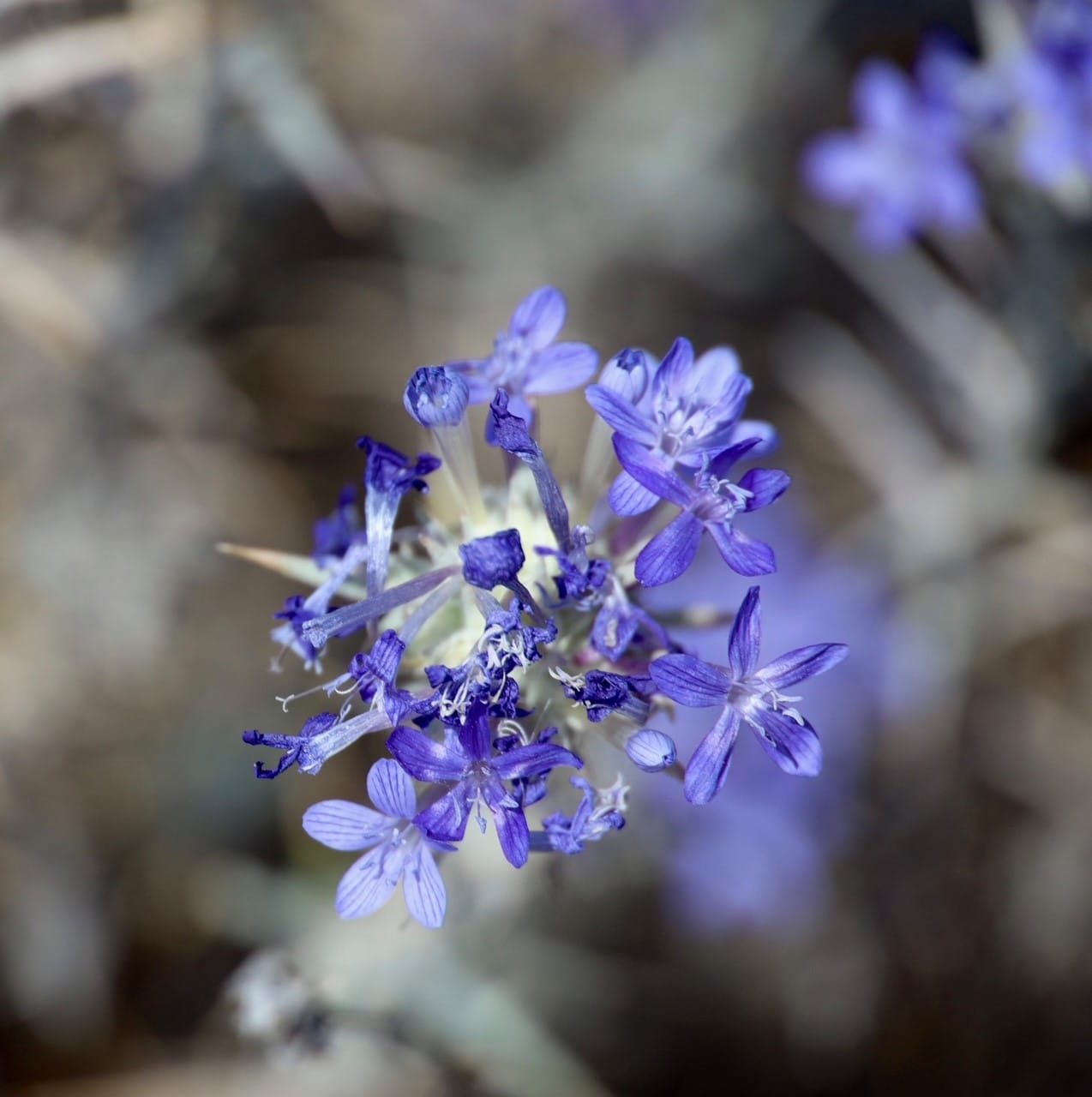
Santa Ana River woolly star
Eriastrum densifolium ssp. sanctorum
------
Endangered
------
Endangered
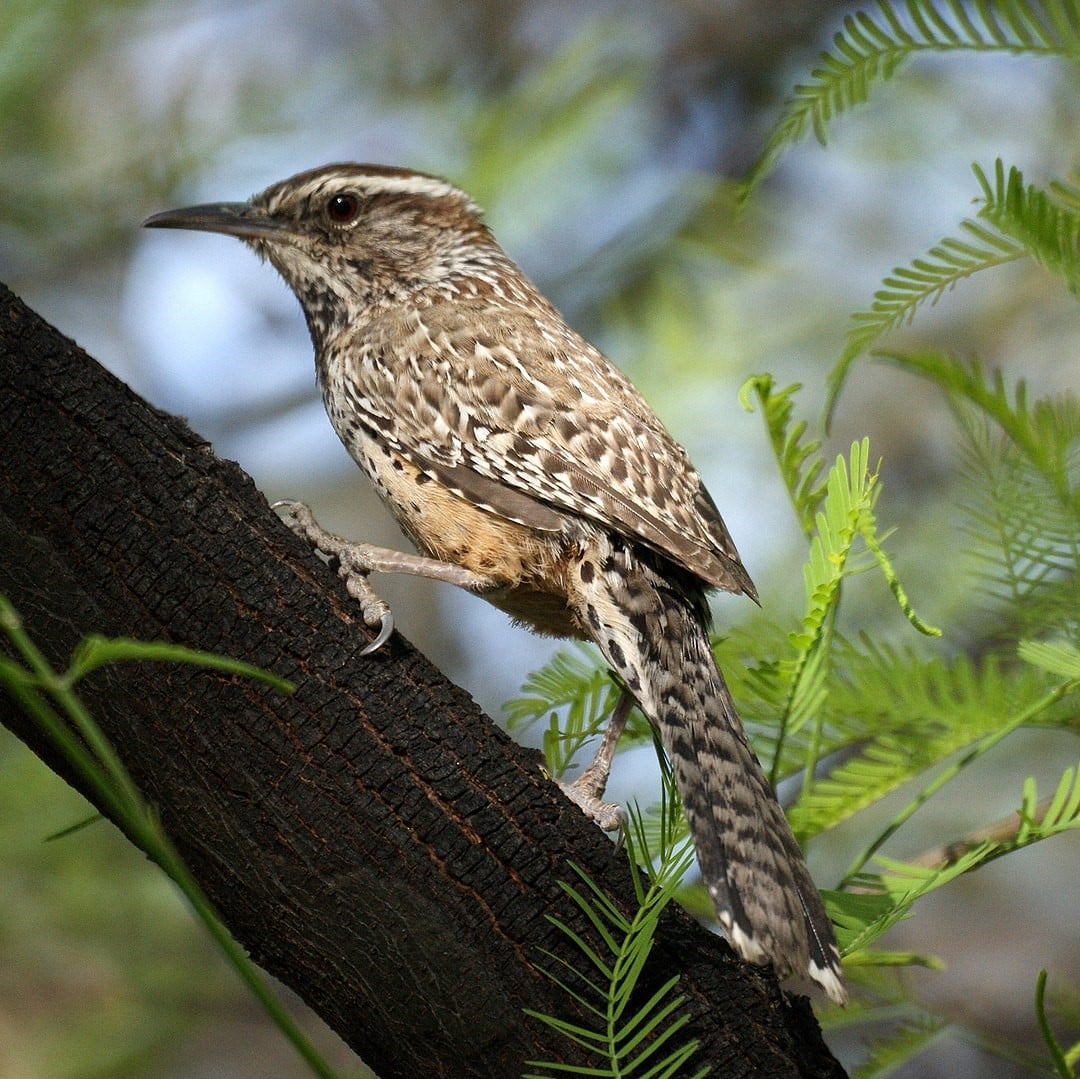
Cactus Wren
Campylorhynchus brunneicapillus
------
None
------
None
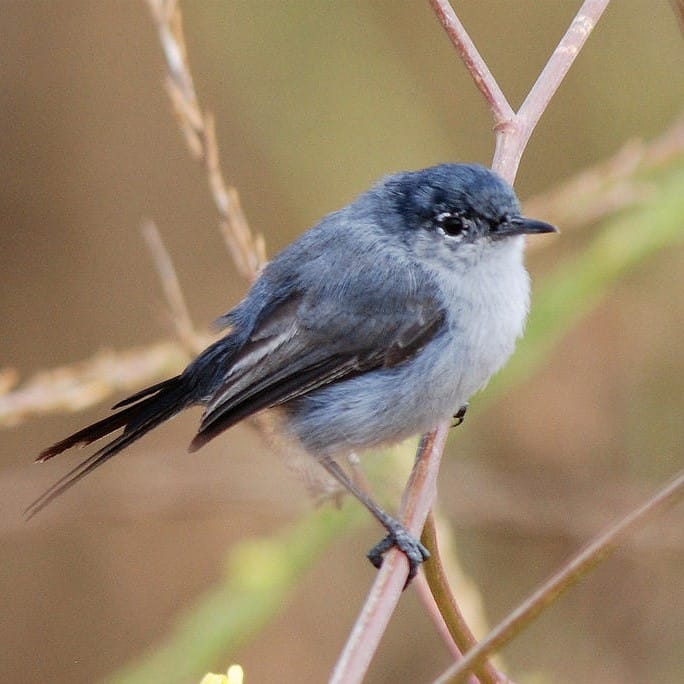
Coastal California gnatcatcher
Polioptila californica californica
------
Threatened
------
SSC
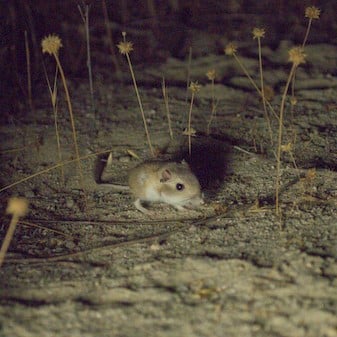
San Bernadino kangaroo rat
Dipodomys merriami parvus
------
Endangered
------
Candidate
This map shows the areas that are set aside for covered activities and for covered species.
(click to enlarge)
Wash Plan in the News
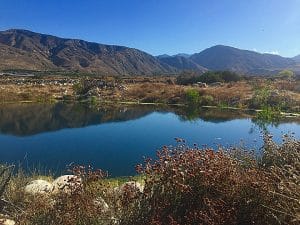
SBVWCD granted 30-year permit for complex Habitat Conservation Plan
The plan accounts for water, mining, flood control and local species needs, and is the result of two decades of consensus building among area cities, water districts, and regulatory agencies.
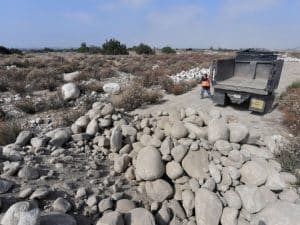
Can a new plan for the wash that runs between Redlands and Highland protect flowers, animals and mining?
It took two decades to finish the plan that protects the disappearing habitat and human uses.
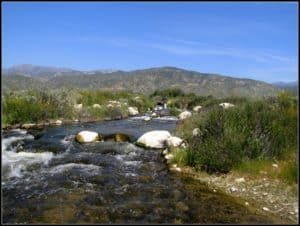
Association of California Water Agencies – eNews SBVWCD Granted Permit for Complex Habitat Conservation Plan
A vision first formed in the early 1990s finally came to fruition today when the U.S. Fish and Wildlife Service (USFWS) gave the San Bernardino Valley Water Conservation District (SBVWCD) authority to manage a long-awaited project that will benefit water, environmental, economic and community interests in the Upper Santa Ana River Wash.
Wash Plan History
Representatives from agencies interested in water, mining, flood control, wildlife, and municipal facilities form the Wash Committee to address mining issues within the upper Santa Ana River Wash.
San Bernardino Valley Water Conservation District Board adopts the Upper Santa Ana River Wash Land Management and Habitat Conservation Plan and associated Environmental Impact Report, and files a Notice of Determination under CEQA for the Wash Plan.
Workshops are held to develop alternatives for land uses with the Wash Plan area.
General consensus is reached on a land use alternative. The Wash Plan Task Force is formed.
Bureau of Land Management (BLM) publishes a Notice of Intent to prepare a Draft Environmental Impact Statement under NEPA to amend the South Coast Resource Management Plan to meet the goals of the Wash Plan in the Federal Register, while the Conservation District publishes a Notice of Preparation for an Environmental Impact Report for the Wash Plan under CEQA. Joint public scoping meetings are held for the Wash Plan.
Task Force Members
City of Highland
City of Redlands
Redlands Municipal Utilities and Engineering Department
East Valley Water District
San Bernardino County Flood Control District
San Bernardino County Planning/Parks
Robertson’s Ready Mix
CEMEX
San Bernardino Valley Municipal Water District
San Bernardino Valley Water Conservation District


